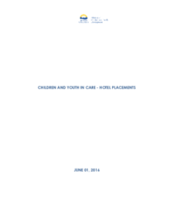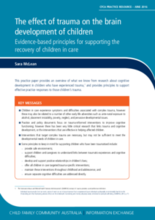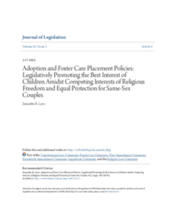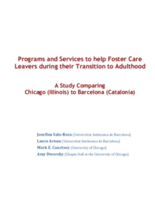Displaying 1671 - 1680 of 2214
This study documents the rates at which children involved with foster care [in the United States] enter the juvenile justice system (crossover or dually involved), and the factors associated with this risk.
This special report from the Ministry of Children and Family Development in British Columbia, Canada presents findings on the number of children in care in the province who were sent to stay in hotels.
This report provides preliminary estimates of U.S. Adoption and Foster Care Analysis and Reporting System (AFCARS) data for Fiscal Year 2015.
This practice paper from the Australian Institute of Family Studies presents an overview of the research on the impacts of trauma on children’s brain development for children placed in out-of-home care and offers basic principles for responding to children’s trauma.
Maxim’s story illustrates the problems with institutional care and the stagnation often seen in the child protection system.
The purpose of this article is to provide psychologists and adoption researchers with a conceptual model for the psychosocial adjustment of foster care adoptees with a background of maltreatment.
This article examines adoption and foster care placement policies as they pertain to the competing interests of religious freedom and equal protection for same-sex couples.
This study compares programs and services that support youth in care during their transition to adulthood and independent living in Chicago, USA to those in Barcelona, Spain.
This article tests how out-of-home placement of children in Denmark affects men's labor market attachment, and in so doing the authors provide a novel parallel to existing research on how fatherhood affects men, which focuses almost exclusively on a child's arrival.
This brochure contains information about foster care in Zambia, including the definition of foster care, its limitations, its importance, how to become a foster carer and how foster licenses are granted.







